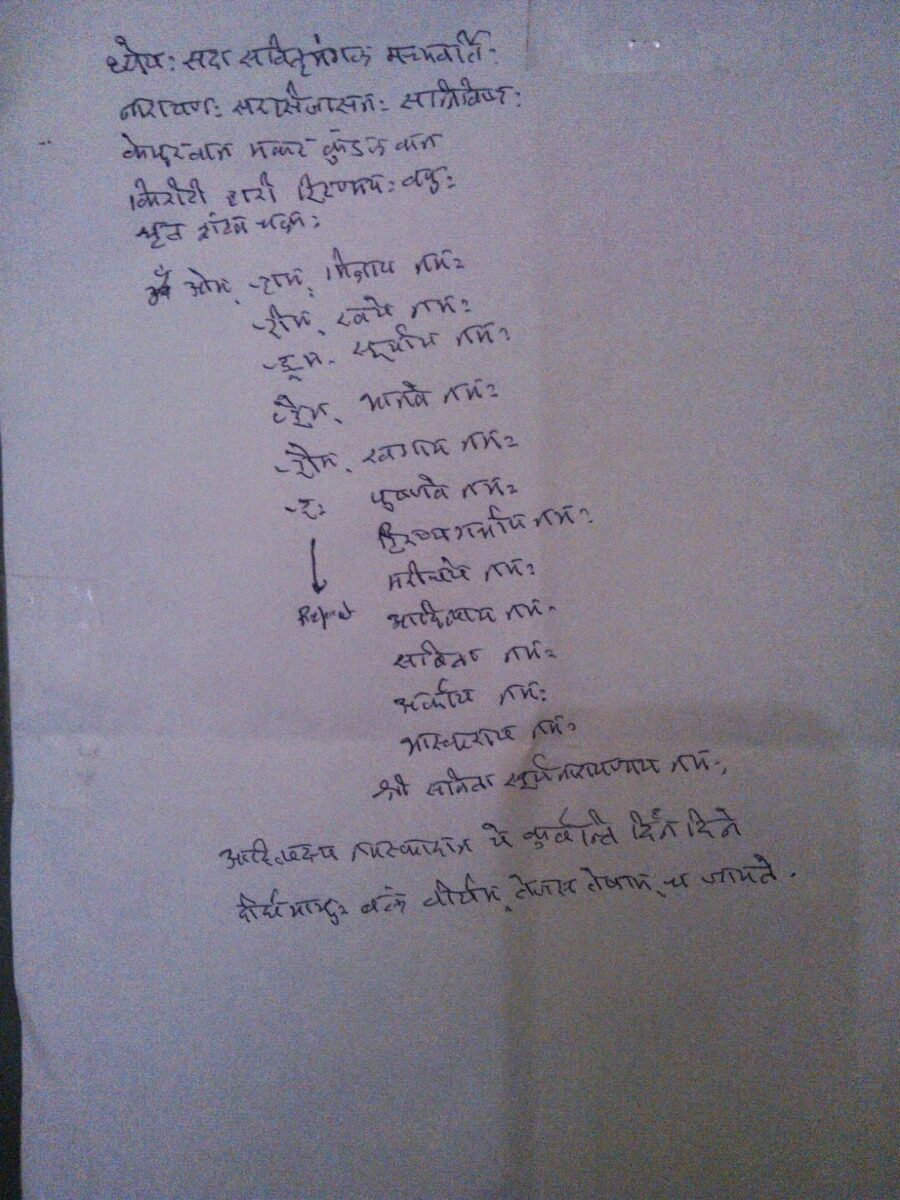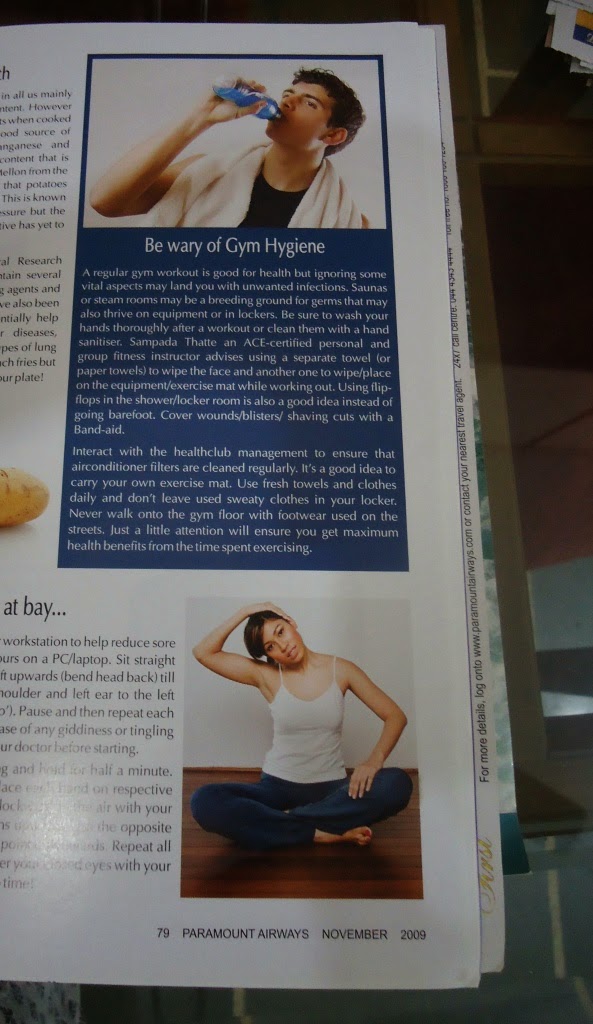The attractive ads and heavy
discount offers tempt us daily via print and visual media to sign up for group tours/guided holidays. We had booked for one such tour, I began to have last minute cold feet, would the tour be too hectic,
would I return tired instead of refreshed, would the change in
weather/ food/ water suit me… With a bit of common sense and some planning we had a wonderful holiday.
I would like to share my ideas that made it possible and hopefully will help you continue your exercise during your holiday so you can enjoy every
minute of it.
1. Closely study the itinerary of your tour. Usually the daily routine involved sitting in the bus for
long stretches (anywhere between 2-5 hours), and walking also between
1-3 kms daily ( if not more). Now remember this walking is different
from the routine walks which most of us undertake. On a tour one is
usually also carrying along a handbag with miscellaneous objects like
a water bottle, sunscreen, towel, a book maybe, purchases at the
souvenir store, umbrella/ raincoat and some snacks/ medicines. All
this can add up to 2 kgs not counting the camera whose weight varied
depending on the type. Also at home we walk in cooler times of the
day whereas here it could be at any time in the heat / cold or in the
hills. So one needs to prepare for that. I ensured that I was
walking 3 kms daily prior to commencement of the journey in order to
acclimatize. If you are not used to walking then begin with 20minutes
of walking and gradually increase.
2. Most cities in western countries have excellent roads and groups travel in high tech
coaches. This minimises the effects of jerks and bumps. But what of
the sitting posture itself? The spine stays continuously in a flexed
(bent) position, the feet remain hanging and the
neck faces severe torture if one takes a nap in a moving bus! Solution: Do proper stretches for
the back at the end of every day. During the journey whenever the opportunity arises, just stand up and walk a few steps to relieve the
spine.
3. The neck needs special attention. Usually, hotels offer a choice of pillows so choose one that is similar to your regular one to avoid stiff necks and headaches. Do neck
movements and stretches e just after getting up and at
the end of the day. If you are still not satisfied simply fold the large bath towel into 8 and
use that as a pillow. It works.
4. The lower limbs should not be ignored. When sitting the muscles of the thighs and calves
remain shortened for long periods. Circulation also slows which manifests as swelling of the feet at the end of the day. Good stretches
done in the evening not only improve flexibility but also improve
circulation and remove metabolic wastes. Frequent toe movements,
ankle circling and ankle pumps during the bus/air journey are also useful.
5. Now for the shoulders. Remember
carrying handbags puts a strain on them. Also one may have to lift
and put them in overhead shelves or help out a less able or senior
citizen who is your co traveler. Maximum permissible weight varies
between 5-7 kgs for cabin baggage for air travel depending on
airline. In case of other means of transport my common tendency is to
overstuff the bags making them bulky and extremely heavy. If one is not used to carrying weights
then do some strengthening exercises at home for the
arms and shoulders prior to the tour. No need for any expensive equipment
or joining the gym. Our kitchens provide enough props for such
purposes! During your journey itself, stretching the shoulders and arms is very relaxing. Remember to use the hot
shower as the warm water helps wash away the strain and relaxes the
muscles.
6. For those who already suffer from
any bone or joint diseases extra precautions are necessary.
Those with coronary problems or any other problems, must make sure to
consult their doctor before departure for specific advise on diet and
exercises and medicines. Never forget to drink lots of water and
follow the travel advice given to you. Diabetics need to find out
what kind of diet will be available. Some changes in their regular
exercise patterns may be required. Remember to
protect yourself in extreme weather conditions and not over exert.
Weather you plan to
travel with a tour operator or independently , learn some simple exercises from a qualified person. They do not take more
than 15 minutes to perform and make your visit even more enjoyable. The responsibility of having a good tour rests
partly on us travelers too.
- Include indoor workouts in your
itinerary like a combination of shrugs, calf raises, squats, Surya namaskar, Lunges, yoga, pilates and
stretches. Jogging/Brisk walking are good outdoor choices.
- Carry your sports shoes along.
- Walk up and down hotel stairs for
10 min. Walk around the airport if flights are delayed. Eat healthy.
Bon Voyage!
Disclaimer: All
suggestions are general in nature. Readers are advised to exercise
caution before implementing them and seek expert advise about what is
suitable for their specific needs.


